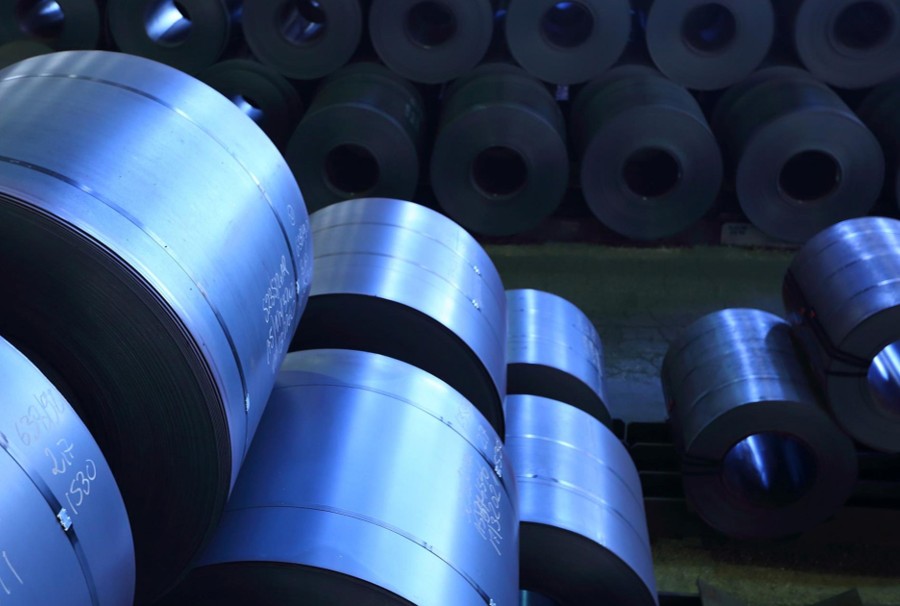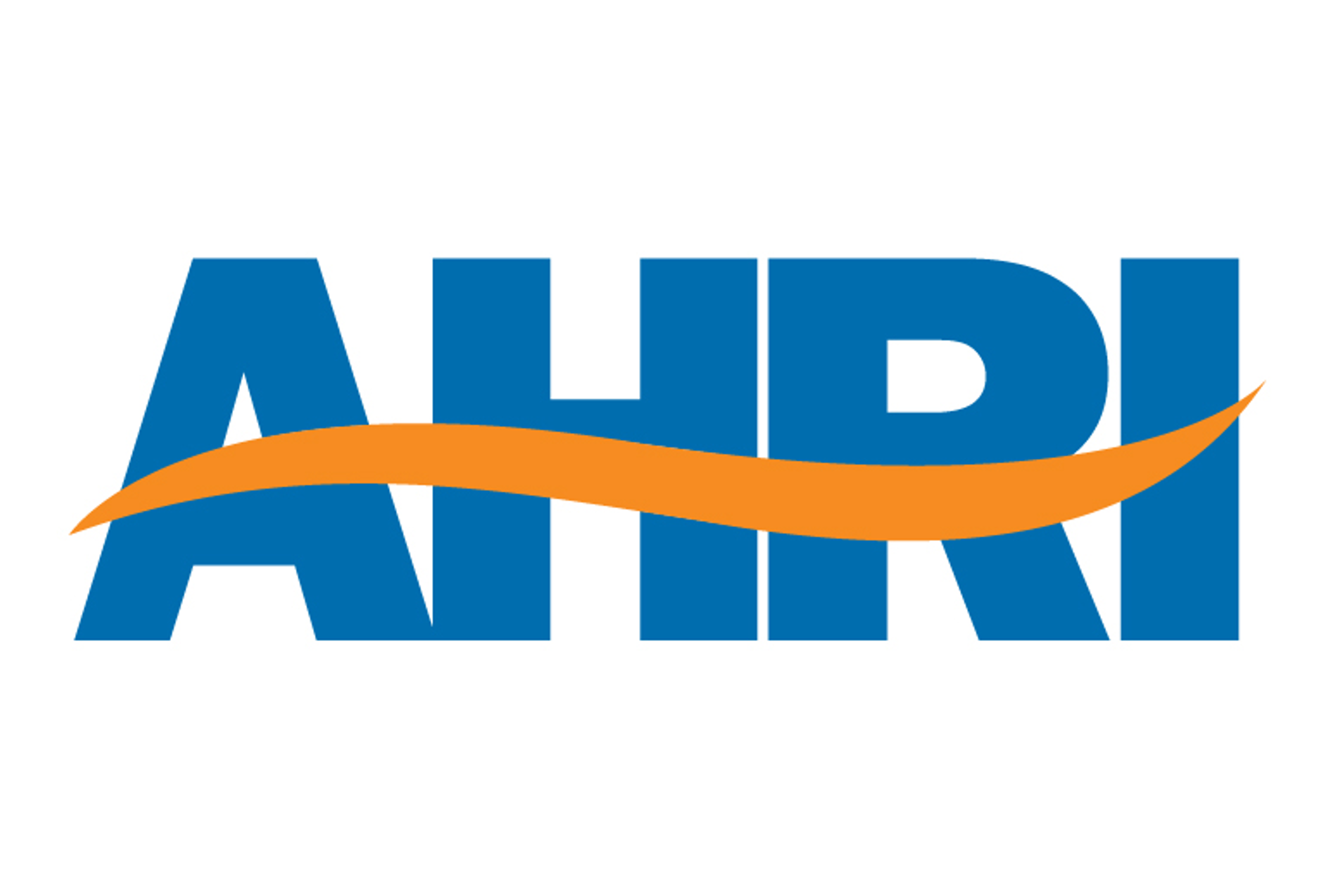Analysis

December 2, 2020
Final Thoughts
Written by John Packard
Yesterday (Wednesday, Dec. 2) we hosted one of our SMU Community Chat Webinars. The guest speaker was Josh Spoores, Principal Analyst and editor of the Sheet Monitor for CRU. I thought it was one of the best presentations and discussions we have ever had at one of our webinars. You can see a recording and get copies of the presentations by clicking here (you can find other recordings and presentations from past webinars by using that same link).
![]() One of the questions that keeps coming up, especially when market prices are moving quickly as they are today, is why there is a variance between the CRU hot rolled index and other indices? The short answer to that question is methodology – the CRU index is transaction-based whereas ours (and many others) relies on the bid and ask (what mills are asking for spot pricing, and what steel buyers are willing to pay) as opposed to specific transactions.
One of the questions that keeps coming up, especially when market prices are moving quickly as they are today, is why there is a variance between the CRU hot rolled index and other indices? The short answer to that question is methodology – the CRU index is transaction-based whereas ours (and many others) relies on the bid and ask (what mills are asking for spot pricing, and what steel buyers are willing to pay) as opposed to specific transactions.
One of the questions asked by those attending the webinar is, how did the market get the price movement so wrong, and what should steel buyers learn from what is happening in the current market? My response was/is that the steel market, and steel pricing, are affected by a number of variables. The easiest to understand is supply/demand. When there is too little supply to meet demand, spot prices rise. When there is too much supply, prices will drift lower.
One of the questions people are asking is with all the new capacity coming online (Big River Steel, SDI, Nucor, etc.) why hasn’t “Steelmageddon” kicked in, driving prices lower? The quick answer to that question is that the extra capacity is not yet fully in the market and won’t be until 2022. There are tons that have come onto the market, but they have been overshadowed by the blast furnaces that are down on the integrated side. Big River Steel has their new EAF coming online, which will double their capacity, but we do not think it will be a major factor until some time during the first quarter 2021. There have also been a number of unplanned outages affecting the market: the NLMK USA strike at their Farrell, Pa., plant; the hack into Stelco’s computer systems, which has affected their production; AM Dofasco’s breakout; and COVID-19 issues at ArcelorMittal Burns Harbor and potentially elsewhere, which have all affected supply and pushed steel lead times out and prices higher.
![]() What should you look for as a sign the market is shifting? Lead times is where I would look first. Look for “holes” developing in mill order books. Look for special offers or a relaxation of tonnage restrictions on your contract orders. You should also watch the SMU Service Center Inventories and Shipment data (available for Premium members and data providers only). One of the items we measure is the number of days of supply on order. This should give us a hint as to when to expect inbound inventories to outpace shipments.
What should you look for as a sign the market is shifting? Lead times is where I would look first. Look for “holes” developing in mill order books. Look for special offers or a relaxation of tonnage restrictions on your contract orders. You should also watch the SMU Service Center Inventories and Shipment data (available for Premium members and data providers only). One of the items we measure is the number of days of supply on order. This should give us a hint as to when to expect inbound inventories to outpace shipments.
SMU, of course, will be watching many variables that impact inventories, supply and pricing and will report on those in our newsletter and during our SMU Community Chat Webinars on a regular basis.
Another area to watch is the HRC Futures market. We write about the futures market every Thursday evening using experienced traders/analysts who are in the market every day.
Speaking of the futures markets and managing price risk, please be aware SMU will be conducting three separate hedging workshops to address the needs of the marketplace. Our first workshop will be Steel Hedging 101: Introduction to Managing Price Risk on Jan. 26-27. We would conduct two half-day virtual sessions with Spencer Johnson of StoneX, the CME Group and CRU. You can learn more about the workshop by clicking here.
We will also conduct a Steel Hedging 201: Advanced Strategies & Execution on Feb. 23-24 with Spencer Johnson of StoneX. As with Steel 101, this will be done over two half-days to allow you time to absorb the material and still be productive in your office. You can learn more about this workshop by clicking here.
As always, your business is truly appreciated by all of us here at Steel Market Update.
John Packard, President & CEO







